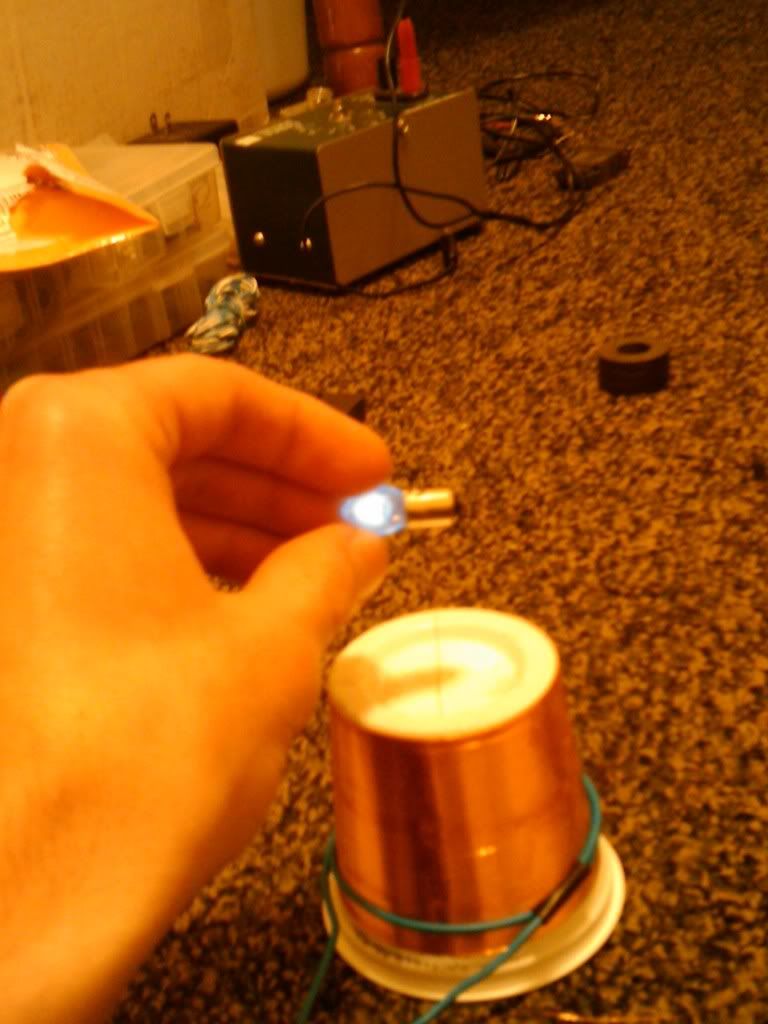Hi folks, very cool stuff, lighting incandescent bulbs.
I remember awhile back running 24 volts on my exciter and it caused loud audible noise from a clock radio 30 feet away, the radio was not turned on.
Hi slider, thanks for vids and info., when you put bulbs in parallel, does each added bulb cause the other to get dimmer, thanks.
peace love light
tyson
I remember awhile back running 24 volts on my exciter and it caused loud audible noise from a clock radio 30 feet away, the radio was not turned on.
Hi slider, thanks for vids and info., when you put bulbs in parallel, does each added bulb cause the other to get dimmer, thanks.
peace love light
tyson







Comment